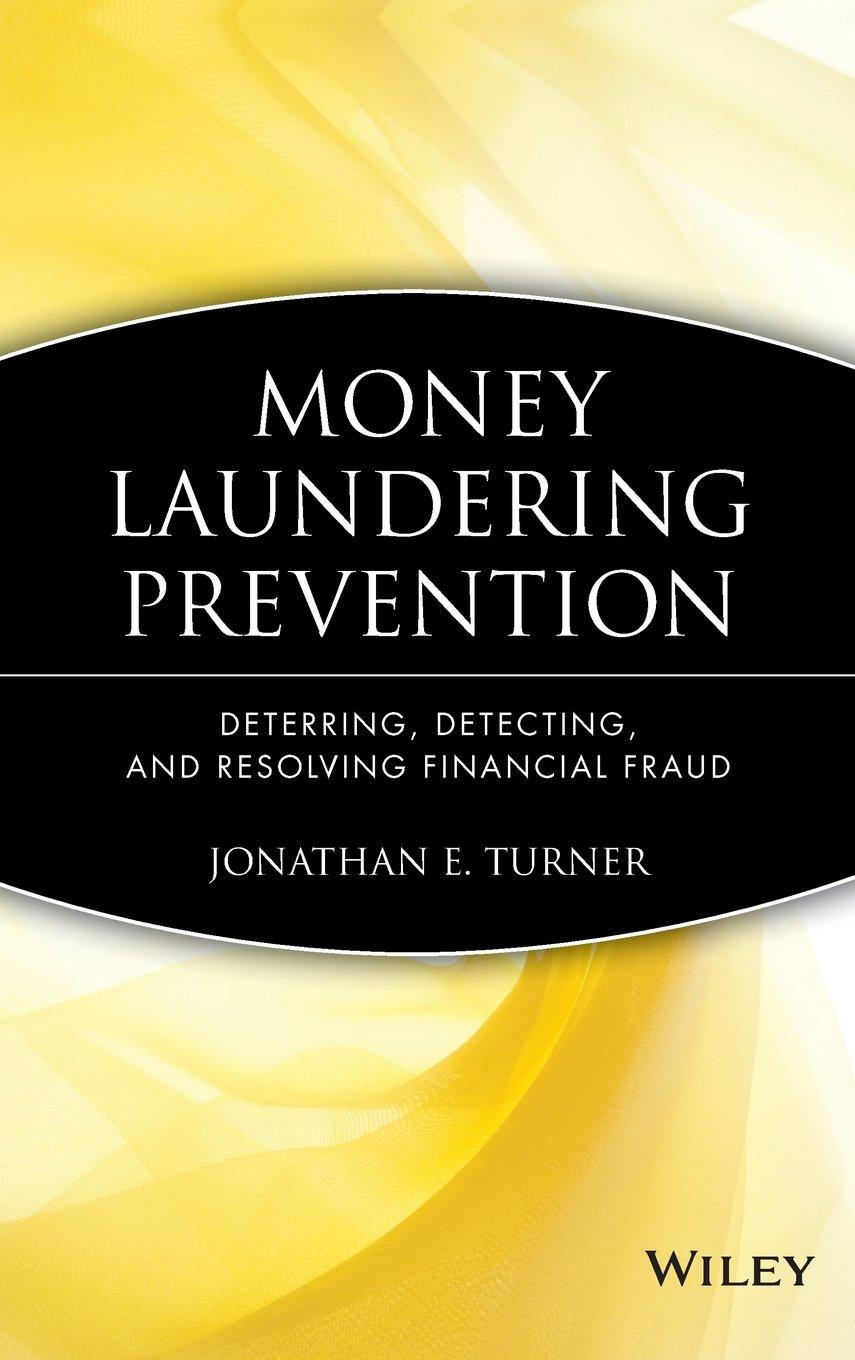Question
Problem An energy auditor was only provided with the prior two years of electric utility data for a facility. After studying the data, the energy
Problem
An energy auditor was only provided with the prior two years of electric utility data for a facility. After studying the data, the energy auditor identified that the peak demand charges were the most significant portion of the utility bill. The monthly actual peak demand (in kW) and the rate structure for the facility are shown in Tables 1 and 2.
- Calculate the total and monthly billed demand charges for year 2020.
- Calculate the cost savings if it is proposed to reduce the demand in the off-peak season (November through May) by 100 kW for the next year (year 2021) from that of year 2020.
- Repeat part (b) if the demand reduction of 100 kW occurred only in the peak season (June through October).
- Discuss your answers for part (a) and (b).
For this problem, ratchet clause should be applied using 65% of the maximum actual demand corrected for power factor during the prior 11 months, and pfbase = 0.85 and pfactual = 0.75.
Table 1: The monthly actual peak demand (kW).
| Year | Jan | Feb | Mar | Apr | May | Jun | Jul | Aug | Sep | Oct | Nov | Dec |
| 2019 | 455 | 505 | 610 | 675 | 755 | 920 | 1100 | 1200 | 895 | 650 | 605 | 550 |
| 2020 | 495 | 550 | 580 | 600 | 610 | 900 | 1150 | 1000 | 900 | 600 | 500 | 515 |
| 2021 | ? | ? | ? | ? | ? | ? | ? | ? | ? | ? | ? | ? |
Table 2: The utility rate structure.
| Off Paeak (Nov - May) | On Peak (Jun - Oct) | |
| No. of Demand Blocks | 2 | 2 |
| Block 1 (kW) | 75 | 75 |
| Block 2 (kW) | >75 | >75 |
| Block 1 ($) | 210.00 | 350.00 |
| Block 2 ($/kW) | 2.50 | 3.75 |
Step by Step Solution
There are 3 Steps involved in it
Step: 1

Get Instant Access to Expert-Tailored Solutions
See step-by-step solutions with expert insights and AI powered tools for academic success
Step: 2

Step: 3

Ace Your Homework with AI
Get the answers you need in no time with our AI-driven, step-by-step assistance
Get Started


